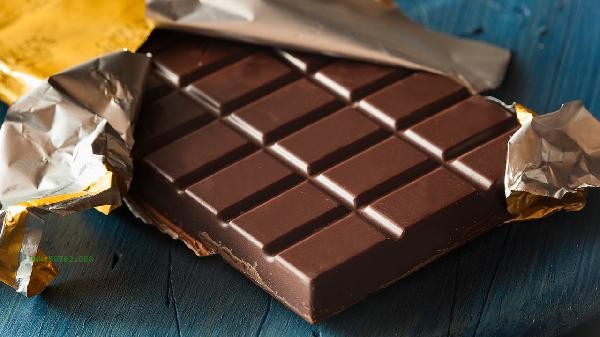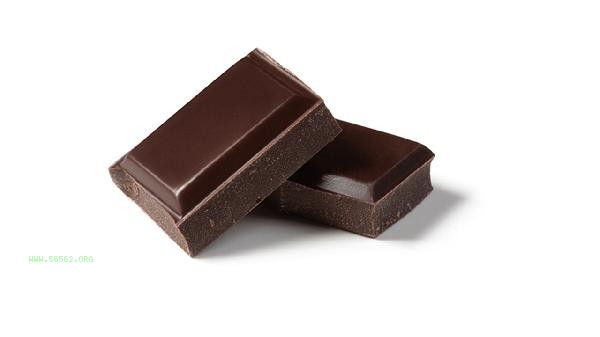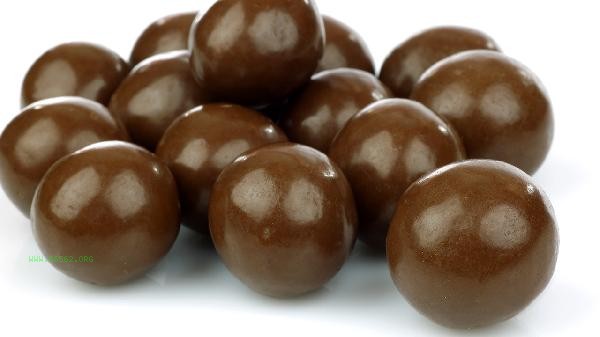During weight loss, a small amount of dark chocolate can be consumed. It is recommended to choose varieties with a cocoa content of over 70% and control the daily intake to 10-20 grams. The impact of chocolate on weight loss mainly depends on variety selection, consumption time, and intake control.

1. Variety selection:
Dark chocolate is rich in cocoa polyphenols and dietary fiber. Varieties with cocoa content of over 70% have lower sugar content, and moderate consumption will not significantly affect weight loss. Milk chocolate and white chocolate have a sugar content of over 50%, and should be avoided as much as possible during weight loss. Research has shown that monounsaturated fatty acids in dark chocolate can delay gastric emptying and help control appetite.
2. Consumption time:
It is recommended to consume it 1 hour before exercise or during breakfast time, as metabolic activity during this period can better burn the calories provided by chocolate. Avoid consuming at night, as a decrease in metabolic rate during sleep can easily lead to calorie accumulation. Clinical data shows that people who consume chocolate in the morning have a body fat percentage 1.2-1.8% lower than those who consume it in the evening.
3. Intake control:

The daily intake should be controlled at 10-20 grams, about 1-2 small pieces, which contain about 50-100 calories, accounting for 3-5% of the recommended daily calorie intake for adults. Using a kitchen scale for accurate weighing can avoid excessive consumption, and continuous overconsumption for one week may offset the weight loss effect by 0.3-0.5 kilograms.
4. Metabolic effects:
Caffeine and theobromine in dark chocolate can increase the basal metabolic rate by 3-5% for 4-6 hours. But sugar substitute chocolate may disrupt the balance of gut microbiota and be detrimental to metabolism. Clinical trials have shown that individuals who consume moderate amounts of dark chocolate have a 17% higher success rate in weight loss compared to those who completely fast.
5. Alternative:
Cocoa powder infusion and chocolate protein bars are lower calorie alternatives. Dipping freeze-dried strawberries in melted dark chocolate can increase dietary fiber intake. Replacing some flour with cocoa powder during baking can reduce 30% of calories and increase satiety. During weight loss, it is not necessary to completely reject chocolate, the key is to scientifically choose and control the amount. It is recommended to include chocolate in the daily calorie budget and coordinate it with 30 minutes of aerobic exercise to burn its calories. Pay attention to weight changes and adjust intake if there is a plateau period. Maintain a diverse diet, chocolate is only an occasional satisfying choice, and long-term healthy weight loss still needs to be based on a balanced diet and regular exercise. The higher the cocoa content, the more pronounced the bitterness. The first attempt can gradually adapt from a cocoa content of 60%.




Comments (0)
Leave a Comment
No comments yet
Be the first to share your thoughts!